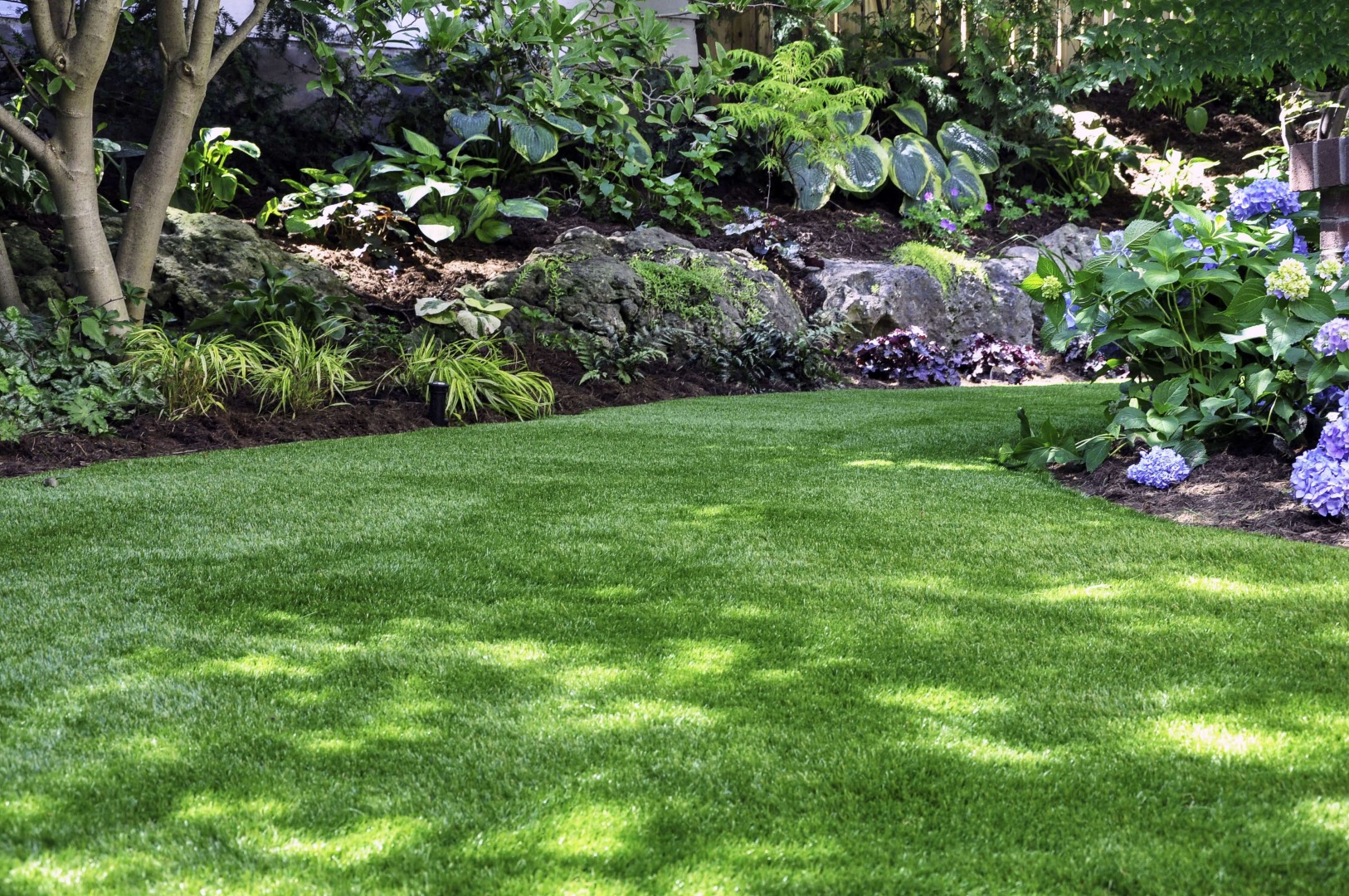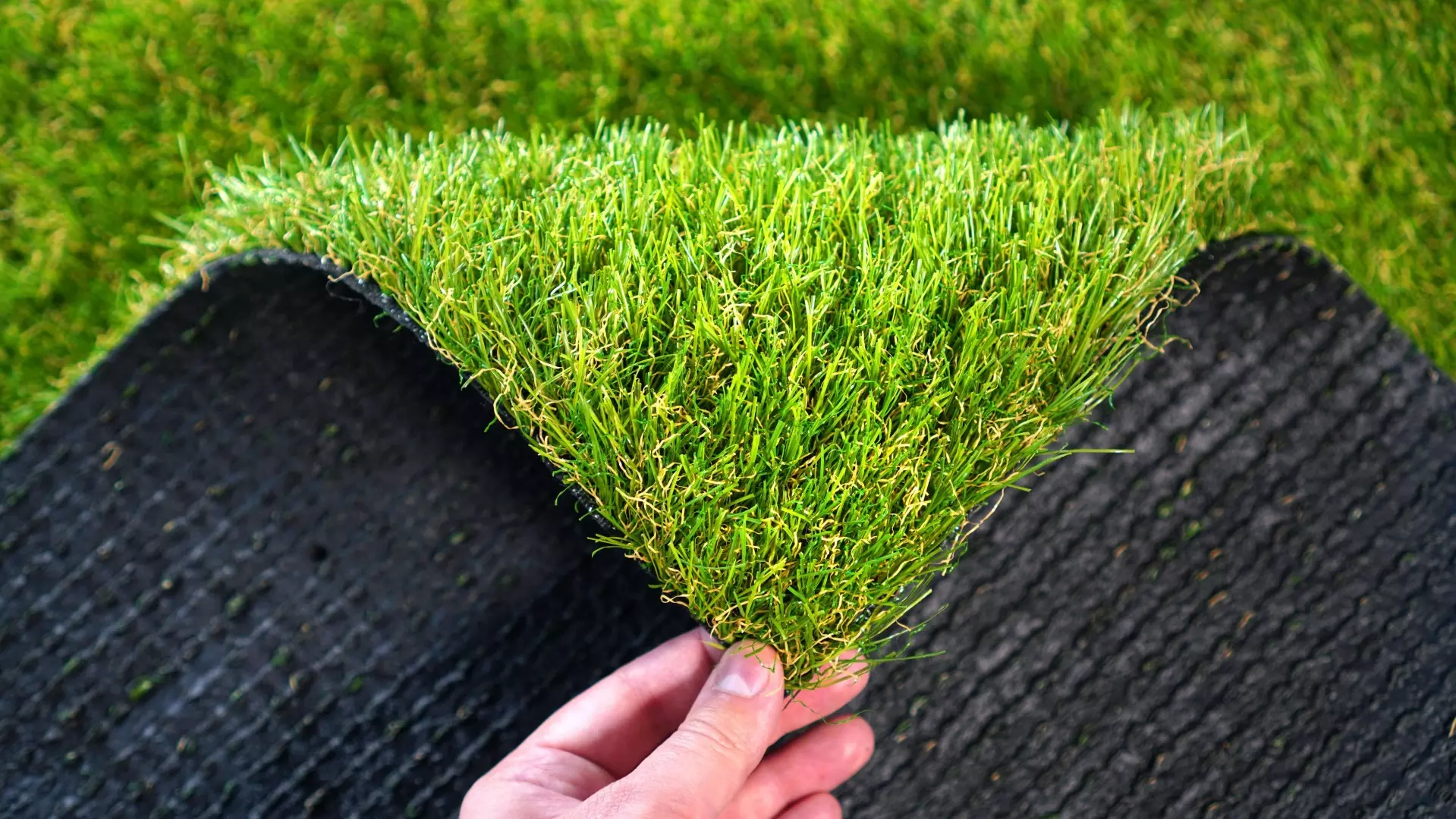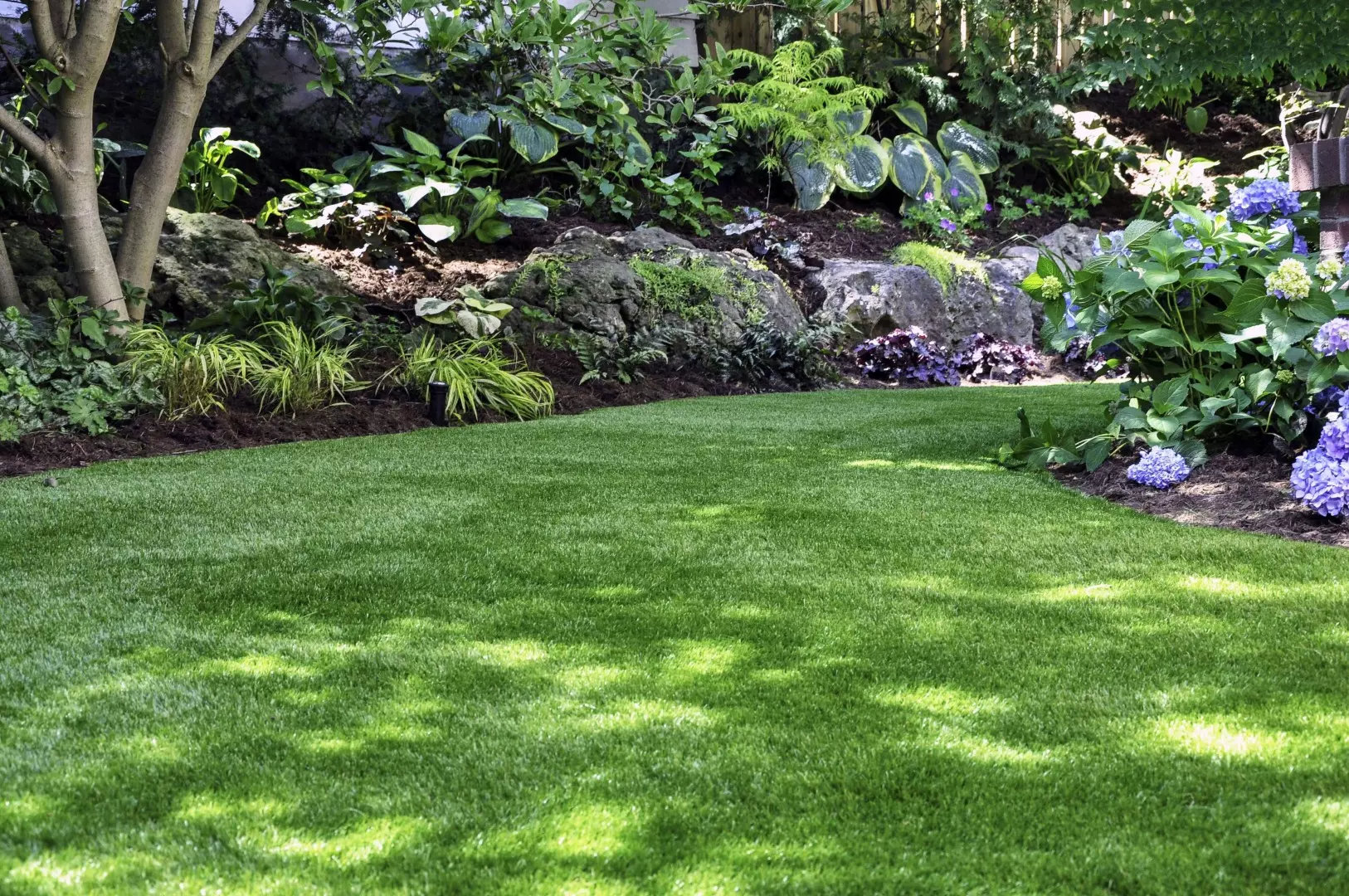Comments
- No comments found

The exterior is the most significant part of your property.
They give your guests and clients a glimpse of your interiors. Since not everyone gets to see your decorative pieces and beautiful furnishings, it’d be best to embellish your outdoor area with quality and sustainable fixtures and accessories to complement the natural settings.
Whether you’re a business owner or a homemaker, cultivating a mini-oasis right outside of your space can certainly allow you and other occupants to appreciate the scenery all the more and enjoy solitude. However, with all the options, it can be quite challenging to determine the best for your budget and the environment.

Today, people have become more environmentally conscious when choosing the materials for their landscaping projects. Among all the new products in the market, synthetic turfs have become popular.
New and improved turfs now look like real grass with defined, colored blades. For instance, Astro Turf Canada and other similar businesses have a wide range of strong synthetic grass that can be installed in your backyard, balcony, and other communal areas. Upgrading to an artificial lawn may help you enjoy and experience a lush green oasis without the need for irrigation and maintenance.
In spite of its popularity, many people are still wondering whether or not artificial grass is the most eco-friendly option for landscaping. If you’re one of these individuals, keep on reading to know more about synthetic turfs.
Your natural and expansive lawn may contribute to a pleasing environment, but this might require certain chemicals for maintenance purposes. Unfortunately, pesticide runoffs can contribute to waste and water pollution in nearby streams.
While natural grass is more biodegradable, artificial turf is regarded as more eco-friendly as there are no lawn care chemicals and mowing involved. Depending on your turf’s product instructions, and as the need arises, you can simply water it, apply your simple green solution, rinse, and air dry your turf.
With this, you won’t need to purchase weed-killing chemicals, fertilizers, and other similar harmful products to repel pests and maintain the look of your expansive lawn. Not only will this help you save money, but this can potentially help you reduce water pollution and waste caused by these lawn care chemicals.
Natural grass needs water—that’s a given. For this reason, opting for artificial turf is better for the environment as you don’t need to irrigate it, managing your water usage. This fact is also supported by a US research article showing how a full-sized artificial turf field can conserve approximately 3.7 million liters of water annually.
In most situations, you won’t need to water your artificial lawn unless you need to clean it. While cleaning instructions per turf brand may vary, this generally requires less water to maintain its lush and green look all year long. All these have made artificial turf a water-saving landscaping alternative.
Unlike natural lawns, fake grass doesn’t absorb moisture. Hence, you can certainly collect rainwater and reuse it for cleaning your car, watering your real plants, or washing your clothes, or you can simply store it for later use. This feature can be beneficial, especially if you’re situated in regions prone to drought or water shortage.
Apart from harvesting rainwater, some improved artificial turf installations now include drainage options that allow homeowners to collect runoffs easily. These can certainly help you conserve water and save money on your monthly bills, all while protecting the environment.
With more advanced designs and production systems, new artificial turf is durable and could last you a long time. This can withstand common environmental elements, as well as wear and tear, especially if you’re able to maintain and care for it properly.
Despite its known quality, you might decide to replace your artificial turf in the future. While it can be easy to throw your pre-loved lawn in the landfill, choose to donate or resell it so someone can maximize your turf.
Likewise, you might be able to recycle parts of your synthetic lawn. You can go to the nearest recycling center and ask the representatives how you could best repurpose this. this way, you can make the most out of your old turf and minimize the rubbish that usually goes to nearby landfills.

A beautiful and well-trimmed lawn can certainly improve the value and appearance of your outdoor living space. While most people prefer natural materials, you may want to consider the practical benefits of installing synthetic grass.
An artificial turf is an eco-friendly option for landscaping because it eliminates the need for irrigation and lawn care chemicals. You may also recycle parts of your turf for greater use. Certainly, these green benefits will encourage you to change your mind and make the switch.
Leave your comments
Post comment as a guest